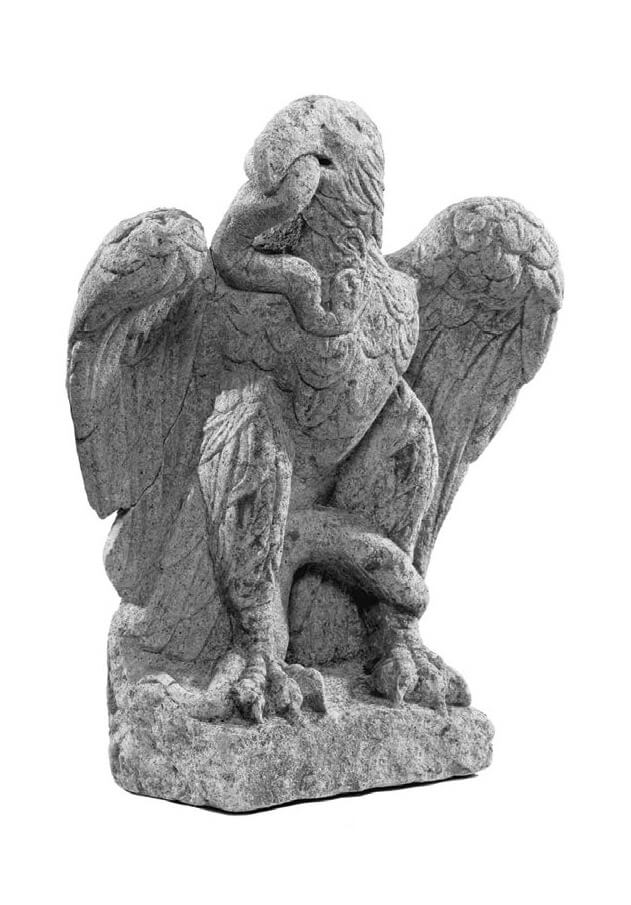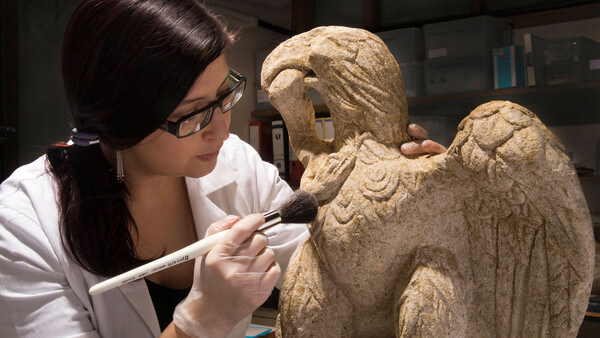Rare Romano-British sculpture unveiled at Museum of London Archaeology
Financial Times London
It was only on the final day of the 10-week excavation that archaeologists stumbled across an artefact described by one expert as “the finest sculpture by a Romano-British artist ever found in London”.
Unveiled on Tuesday by experts from the Museum of London Archaeology, the statue depicts an eagle in mortal combat with a writhing snake, in a graphic display of the battle between good and evil.
Archaeologists were in a high state of excitement over the find, an extremely rare example of Romano-British classical art. Martin Henig, a professor at the Institute of Archaeology at Oxford, said: “The sculpture is of exceptional quality . . . its condition is extraordinary; the carving as crisp as on the day it was carved.”
Made of Cotswold limestone and dating from the late 1st or 2nd century AD, the sculpture was found six weeks ago, encased in mud at the bottom of a ditch beside a Roman road near Aldgate station in the City of London.
Once cleaned, its high quality and pristine state of preservation was such that archaeologists initially wondered whether it was Victorian. Finely chiselled details include the forked tongue of the serpent and discernible feathers of the eagle, a symbol of Jupiter, chief of the Roman gods.
The 65cm by 55cm statue dates from a boom period in London’s early history, when trade and investment was flooding back following a violent rebellion in AD60 by Queen Boudicca that left the city razed to the ground.
Grand buildings were being constructed, including London’s amphitheatre in AD70 and two forums, the second more spectacular than the first. Michael Marshall, director of Roman finds at the Museum of London Archaeology, said: “London was being developed as an imperial capital. This is very much the time when the city was gathering steam.”
The site on Minories, a road near Aldgate, was on a Roman cemetery that lay outside the walls of the city on the road to Shadwell in the east. Tombs and mausoleums would have lined the route, but very little of their adornments survive because later generations broke up the masonry for construction work. Only one eagle-and-serpent sculpture survives in a similar condition, from a site in Jordan.
Experts believe it would have been commissioned for the tomb of a wealthy or powerful Roman. “Because the stonework is so detailed we think it may well have sat in an alcove or niche. This type of stone doesn’t survive out in the elements,” said Mr Marshall.
The excavation site, beneath a now-demolished 1960s office block, is set to become a 16-storey hotel in a development by Scottish Widows Investment Partnership and Endurance Land. Archaeological finds are the property of the site owner, but the eagle will go on display from Wednesday at the Museum of London for six months.

